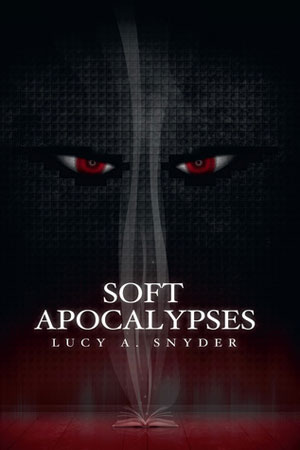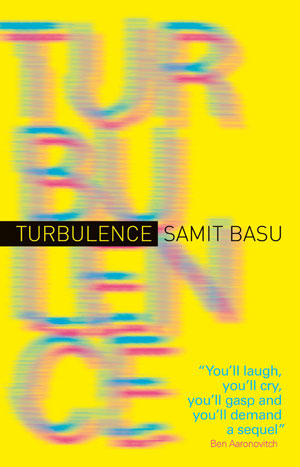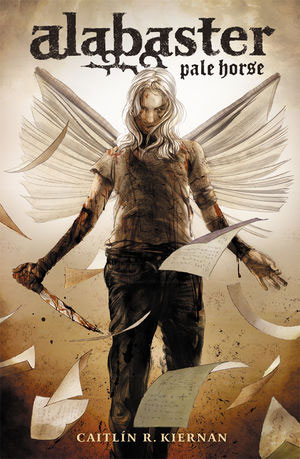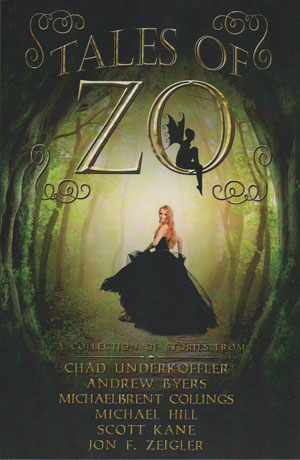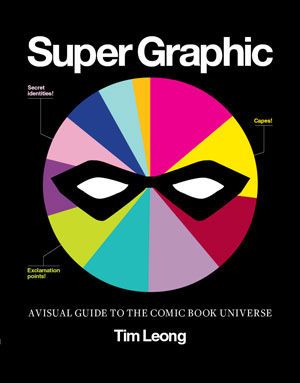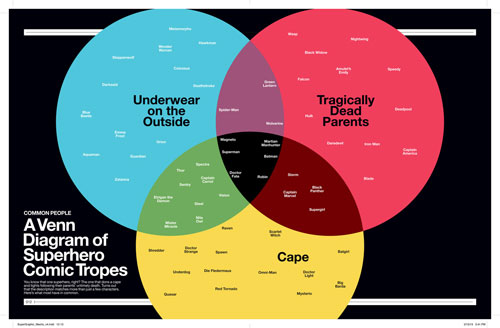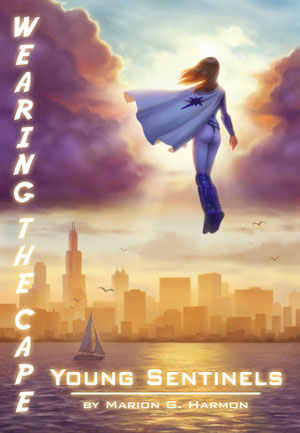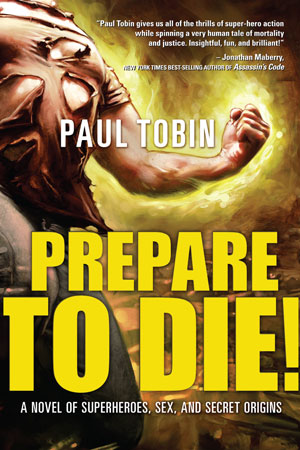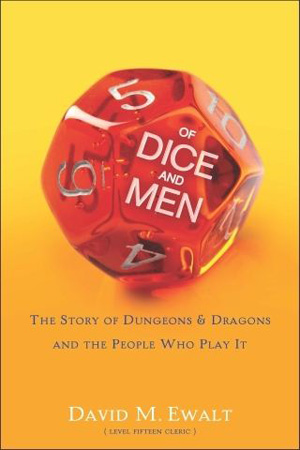The Monster Inside your Skin
Soft Apocalypses by Lucy A. Snyder
I review Lucy A. Snyder’s books a lot, and that’s for a very good reason — I love horror, and she writes extremely good horror. She has a new collection out — let’s take a look at it.
This is a nice mix of new material and (slightly) older stuff. We start off with “Magdala Amygdala,” the story for which she won the Bram Stoker Award for last year. It starts out looking like a revisionist zombie story — until it suddenly isn’t a zombie story at all. After that, we get “However…” which originally appeared in a Hellraiser anthology in significantly altered form — the editors thought the original version was too extreme even for the Cenobites. Luckily, the original is what we get here. We get “Repent, Jessie Shimmer!” — a short story featuring the star of Snyder’s “Spellbent” novels.
We also get science fiction, steampunk, shorter slice-of-life tales, comedy — all of them shot through with Snyder’s special brain-skinning style of literary shock-and-awe. A couple of rednecks discuss corporal punishment — but they’re not talking about spanking. A serial killer stalks a new victim, unaware that he’s in more danger than she is. A future apocalypse means bizarre life changes for a woman and her bestial sister. We get plant monsters, haunted paintings, weightlifting vampires, zombie tigers, and much more.
Verdict: Thumbs up. This is gonna end up being a fairly short review, ’cause sometimes, all you need to say is, yeah, it’s a really good book, and maybe you should shell out some dough so you can read it.
We hear a lot about edgy writers, and they generally come off like preschool kids who shock their classmates by repeating out-of-context cuss words. Snyder doesn’t do grade-school shocks. She doesn’t just tell you stories that get under your skin. She tells stories that start out under your skin, tunnel in deeper to chew on your nerve endings and hollow out a few organs, and only crawl back out into the sunlight after they’ve laid eggs inside your spinal cord.
You like horror? You like horror for grownups, willing to delve into the deeply forbidden corners of our psyches and societies, while still indulging in the occasional fun of exploding vampires? Yes, y’all are going to want to go pick this up.

